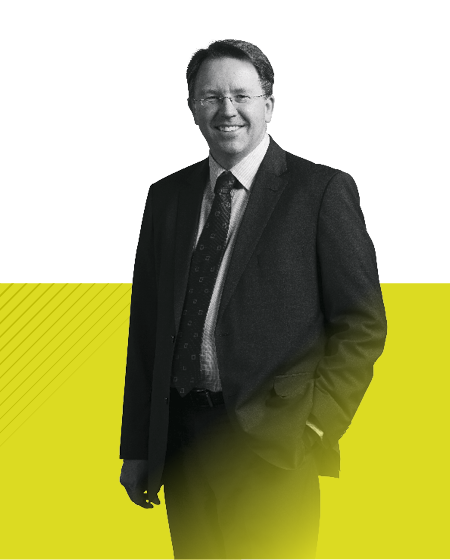It’s a relentless journey of improvement as Murray & Roberts (M&R) continues to build on its already strong and value-added sustainability practices, according to the company’s sustainability director Andrew Skudder. And, he says, it all starts with ‘acknowledging that sustainability is multifaceted, and we define sustainability across four pillars’.
Economically, M&R has a proven record: 85% of created value is distributed to its employees in payroll, and more than R400 million paid in taxes to the governments in countries in which it operates. Socially, M&R actively engages health and safety, training and development of its employees, as well as the transformation and economic development of communities.
Ethically, the company is focused on human rights, unjust discrimination and equality, fraud, corruption and anti-competitive behaviour and unfair business practices. Environmentally, the company is concerned with its resource efficiency and carbon footprint, emissions, releases and waste management.
‘Sustainability is multi-faceted, and we define sustainability across four pillars’
The entire construction industry’s value chain has a high environmental impact, yet M&R’s activities account for just 3% to 5% of a total fixed asset life cycle’s environmental impact. Skudder says: ‘The value chain is broken down into pre-use, use and end-of-life phases of a fixed asset. The pre-use phase includes material extraction and processing, quarrying construction material fabrication and on-site construction. Our business is only involved in the on-site construction phase, and even though our environmental impact is relatively small, we ensure that we improve our practices to minimise any negative effects.’
For the past 10 years during his tenure with M&R, Skudder has conceptualised and implemented numerous sound policies and structures including its truly broad-based BEE ownership programme Letsema, which sees numerous trusts benefiting communities and employees through dividends.
‘To date, these trusts have earned some R240 million in dividends,’ says Skudder. ‘Aside from the more than 170 bursaries provided to our employees’ dependants, we have supported more than 30 HIV/Aids awareness and prevention organisations; youth development; life skills and leadership; women’s empowerment and sports development initiatives. Further, in 2011 we repositioned the business through a recovery and growth strategy, which motivates a purpose- and values-driven culture articulating what we stand for, and what is expected by our stakeholders and of all M&R employees.’
The last point cannot be discounted as it highlights why constant adaptation to change and reinvention since its listing on the JSE more than 60 years ago has made M&R one of the most desirable portfolios. ‘The recovery and growth strategy has enabled us to create a sound platform for our new strategic future of engineered excellence,’ says Skudder.
‘In 2011, through a diverse shareholding, we were able to raise R2 billion in capital from our shareholders, with the JSE playing a critical role in facilitating the sustainability of its listed companies, particularly through the SRI Index, where we have made good progress on integrated reporting as was acknowledged by EY, and Nkonki that have recognised M&R for excellence in this field.’
Excellence is also evident in M&R’s pioneering efforts, such as the production of zero-portland-cement concrete whereby the use of pulverised fly-ash waste from coal-fired power stations in combination with slag byproducts, stone, sand, a polymer and catalyst, have ensured a no-water curing process with environmental benefits. That’s in addition to a cost saving of 30% and a 25% reduction in labour.
M&R’s procurement and supply chain practices translate into the sourcing of ‘green tagged’ products, and dedicated teams are directed to recycling waste that is certifiably disposed of. Such efforts have ensured that M&R is, and has been, the go-to for 4- and 5-star green building projects by major property developers in SA.
Sustainable growth has the firm looking acutely at climate change and environmental protection. ‘Many climate change mitigation strategies are engineered infrastructure solutions,’ says Skudder. ‘For example, M&R will continue to be involved in the SA government’s renewable energy programme. We also see water scarcity as a consequence of climate change; growing populations and ageing infrastructure also present opportunities to grow in this sector and ensure continued future economic growth.’
Skudder admits to being analytical, depending on data and well-crafted business cases to guide his decision- and vision-making processes. ‘I have high standards but I am flexible in moulding my views underlined by my belief in development – individually and as a group. The team I lead is driven to expand their knowledge on global best practices so that we can guide and influence all M&R operations – which are increasingly global – on sustainable business practices.’








